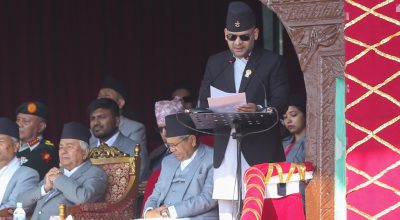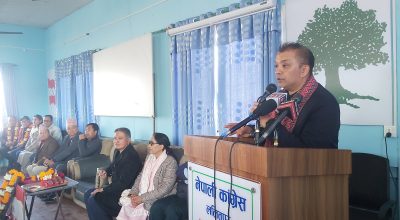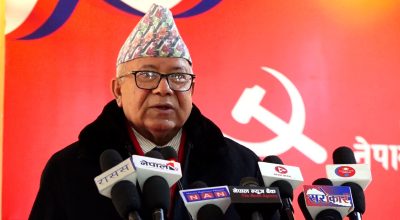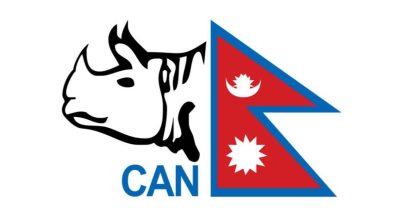
Narayan Prasad Ghimire
Kathmandu, May 18: An assessment paper on digital connectivity and ICT data among the landlocked developing countries (LLDCs) has showed a yawning gap in ICT regulatory initiatives among LLDCs.
The assessment report brought forth recently by the International Telecommunication Union (ITU) mentioned it, showing the digital challenges and growth in LLDCs with comparative data analyses.
The document named ‘Measuring Digital Development’ stated that the disparity of level of ICT regulatory maturity is prominent among LLDCs where the gap goes to 83-point between the two countries- the one with the most and the one with least advanced level of ICT regulation. “The majority of LLDCs, 53 per cent, remain in the less advanced stages of ICT regulation (G1 and G2),” it said, underlining the need for creating an enabling environment for universal and meaningful connectivity.
“While some LLDCs have fast-tracked ICT regulatory reform over the past decade, most have been moving at a slower pace,” it added.
It is worth noting that when internet is regarded as the ‘infrastructure of infrastructure’, the percentage of people in online in LLDCs is only 39 percent. The publication mentioned, “In 2023, about 226 million people in LLDCs were using internet. This accounts for 39 percent of the population of these countries, compared with 69 percent of the world’s population using the internet.” With this, 351 million in LLDCs are still deprived of essential connectivity.
Another worrying trend the publication has revealed is- gender gap in internet use witnessed ‘no sign of narrowing in LLDCs’.
The young (15-24 age group) are dominating the internet use. More than half, 54 percent young one, were online in 2023.
To a positive note, the document has stated that LLDCs were nearing the global averages in term of readiness of national frameworks for digital transformation.
The assessment dwells on the issues like ICT regulation and digital policy frameworks, internet use, broadband subscriptions, e-commerce and digital economy, mobile network coverage, affordability, mobile phone ownership and subscriptions, internet traffic and international bandwidth, disparity among LLDCs (landlocked developing countries).
The publication has pointed out the need for LLDCs to increase data volume and quality for thriving e-commerce and digital economy. “As digitalization progresses, LLDCs will also need to know the extent businesses are using the Internet and adopting e-commerce, the value of e-commerce transactions, and the barriers to adoption that policy could address,” the document stressed.
The assessment document has categorized LLDCs in four groups, where Nepal falls in the third group. The third group is featured with ‘slightly lower average shares of internet use, mobile phone ownership and broadband subscriptions than the second group’.
Director of ITU Telecommunication Development Bureau, Cosmas Lukcyson Zavazava, observed, “Our data indicates that LLDCs are at various stages in their journey toward universal and meaningful connectivity, yet they share common obstacles and can benefit from mutual learning. Infrastructure development is part of the solution, but robust policy frameworks that promote investment, adoption, and innovation in ICTs are equally vital.”
Meanwhile, the World Telecommunication and Information Society Day is being observed today (May 17) across the globe under the slogan: ‘Digital Innovation for Sustainable Development.’










